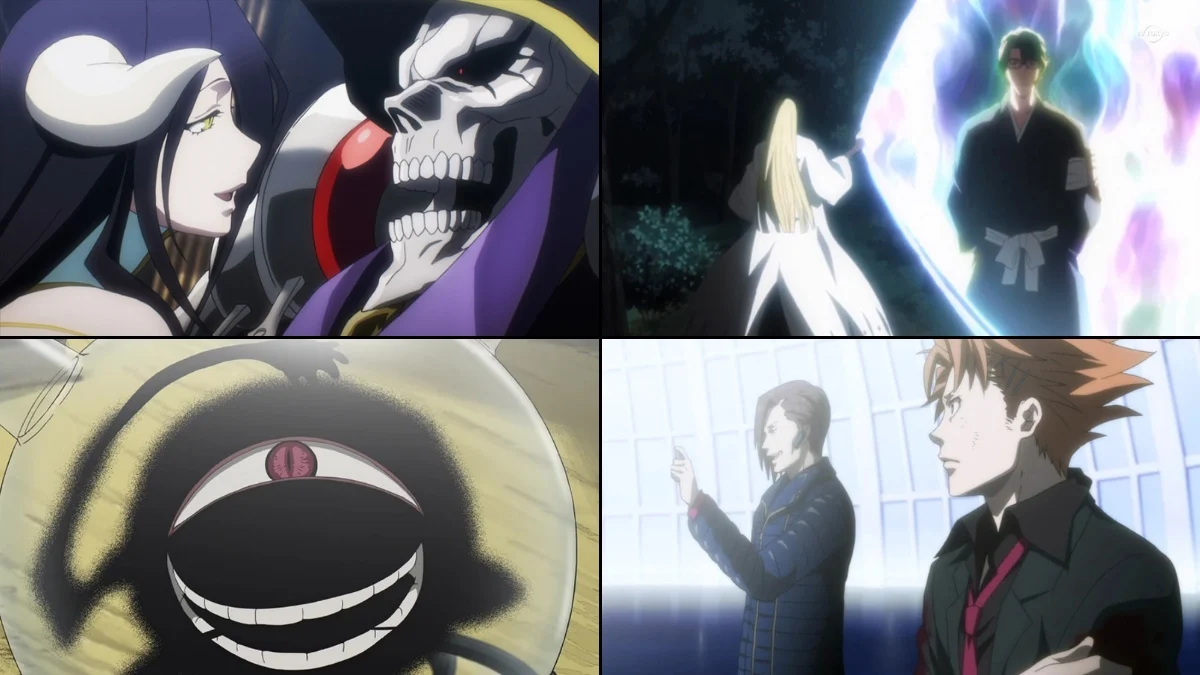
Episodes that focus on villains offer a unique look at the story by showing us the motivations, plans, and reasoning of the ‘bad guys.’ These episodes, whether they explore the villain’s backstory, show secret meetings, or dedicate entire arcs to their perspective, help us understand the larger conflicts and the challenges faced by the heroes. Here are 25 excellent anime episodes that meaningfully explore the lives of villains or anti-heroes, highlighting their actions, connections, and important choices.
‘Death Note’ (2006) – “Rebirth”
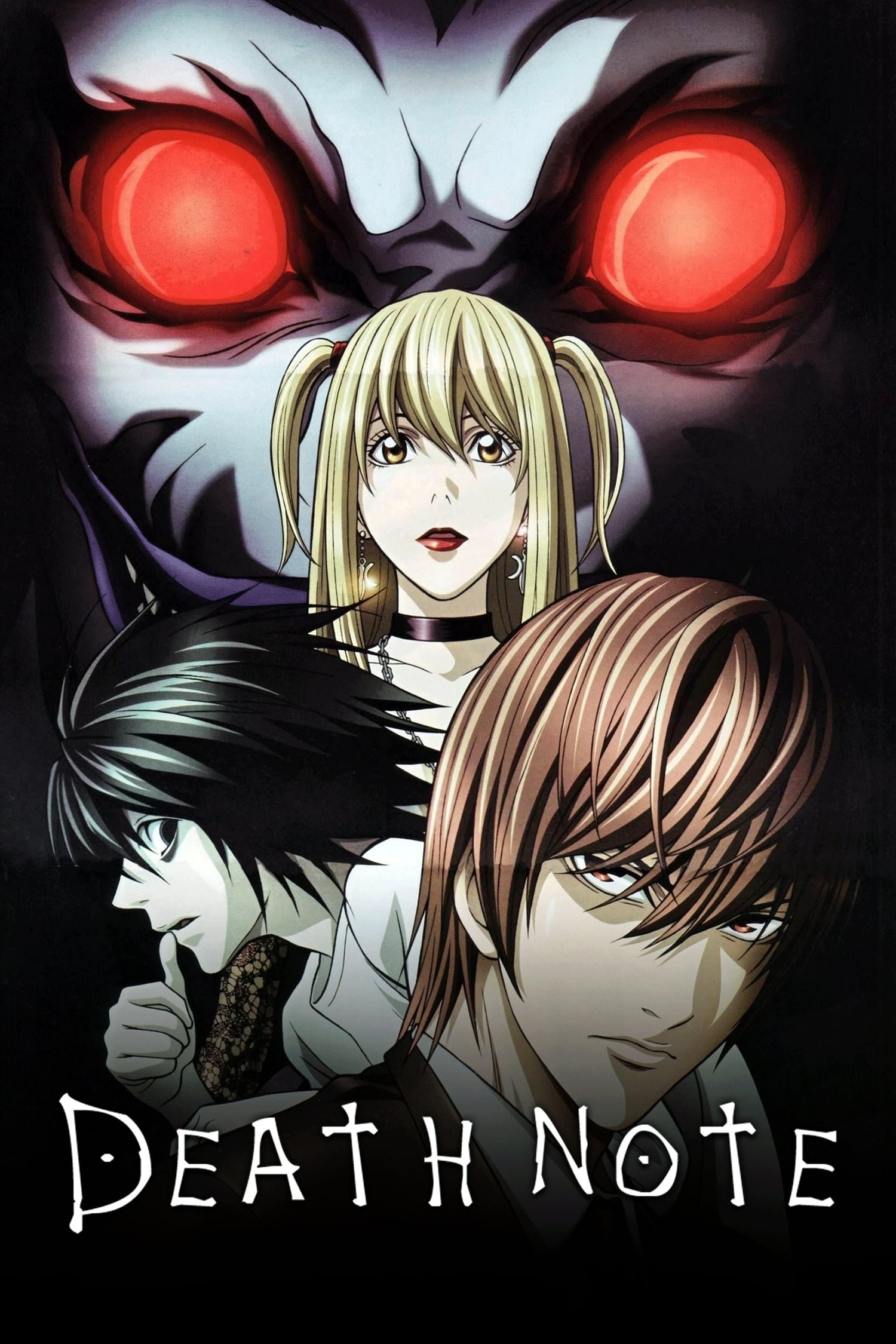
The first episode of ‘Death Note’ centers on Light Yagami finding the mysterious notebook and immediately shows us the story through his eyes. We see him figure out how the notebook works and start planning to create a new world. The episode also introduces his connection with the Shinigami Ryuk, the limitations of the Death Note itself, and how carefully Light hides his actions. Finally, it hints at the worldwide investigation that will eventually bring the detective L into the story. From the very beginning, the show is presented as Light’s story.
‘Attack on Titan’ (2013) – “The Other Side of the Sea”

Season 4 begins in Marley, focusing on Reiner, Falco, and Gabi. The episode dives into the military strategies, beliefs, and war aims of Marley, giving us a clear look at life from the enemy’s perspective. We see how potential Warrior recruits are trained and how Marley organizes its Eldian soldiers. The episode also explores Reiner’s personal struggles within the context of Marley’s propaganda and draft system. This effectively flips the story, making the former “villains” the central characters and showing us how their country operates.
‘My Hero Academia’ (2016) – “My Villain Academia”

This episode of Season 5 shifts the focus to the League of Villains, specifically following Tomura Shigaraki and his team as they fight against the Meta Liberation Army. We learn about the structure and beliefs of the opposing army, while also seeing the League struggle with limited resources and adapt their strategies on the fly. The episode also shows Shigaraki growing as a villain through both fighting and overcoming challenges. Overall, it’s a deep dive into the villains’ operations and their efforts to gain more power.
‘JoJo’s Bizarre Adventure: Diamond Is Unbreakable’ (2016) – “Yoshikage Kira Just Wants to Live Quietly”

This episode focuses on the everyday life of Yoshikage Kira, the serial killer. It shows how he blends into the town of Morioh and carefully gets rid of evidence to avoid being caught. We see his techniques, including what his Stand ability lets him do, and how he thinks on his feet to stay hidden. The episode follows Kira’s movements and backup plans, essentially giving us a detailed look at how he manages his life as a criminal.
‘Overlord’ (2015) – “End and Beginning”
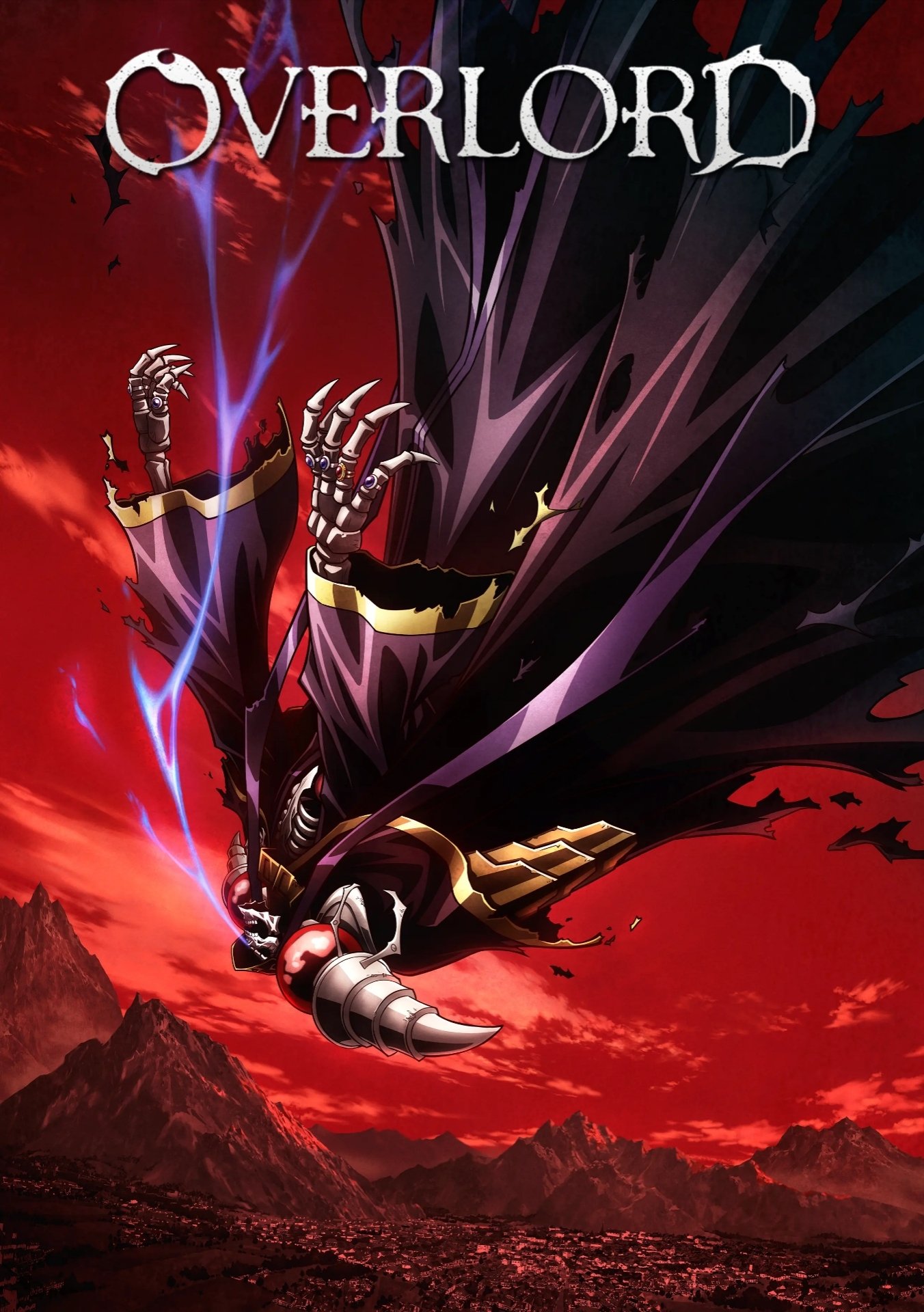
The first episode of ‘Overlord’ introduces Ainz Ooal Gown and his powerful Floor Guardians within their base, Nazarick. It shows how their once-guild has become a ruling force, told from Ainz’s perspective. The episode sets up the hierarchy within Nazarick, the unwavering loyalty of its members (who were originally NPCs), and Ainz’s methods for learning about the world after the game servers went down. Essentially, it’s the beginning of a story about a powerful villain building a nation.
‘Saga of Tanya the Evil’ (2017) – “Devil of the Rhine”

The first episode introduces Tanya Degurechaff and her position within the army, highlighting how she disciplines soldiers and leads them in battle. It also explains the military technology and magic used in this world, and how Tanya climbs the ranks and influences army policy. The episode establishes her as a key decision-maker known for bold and aggressive strategies, offering a look at the war through the eyes of a ruthless military leader. It essentially shows how she became that leader.
‘Parasyte -the maxim-‘ (2014) – “A Mother’s Emotions”

This episode centers on Tamura Reiko, a parasite living inside a human host, and explores how her behavior and decisions change over time. It delves into the science of parasites, the moral questions they raise, and how Reiko reacts when the police start investigating. The story follows her dealings with both the police and other parasites, leading to a final series of actions driven by her own unique viewpoint. Essentially, it’s a focused look at how a villain analyzes herself and plans her next moves.
‘Psycho-Pass’ (2012) – “The Gates of Judgment”
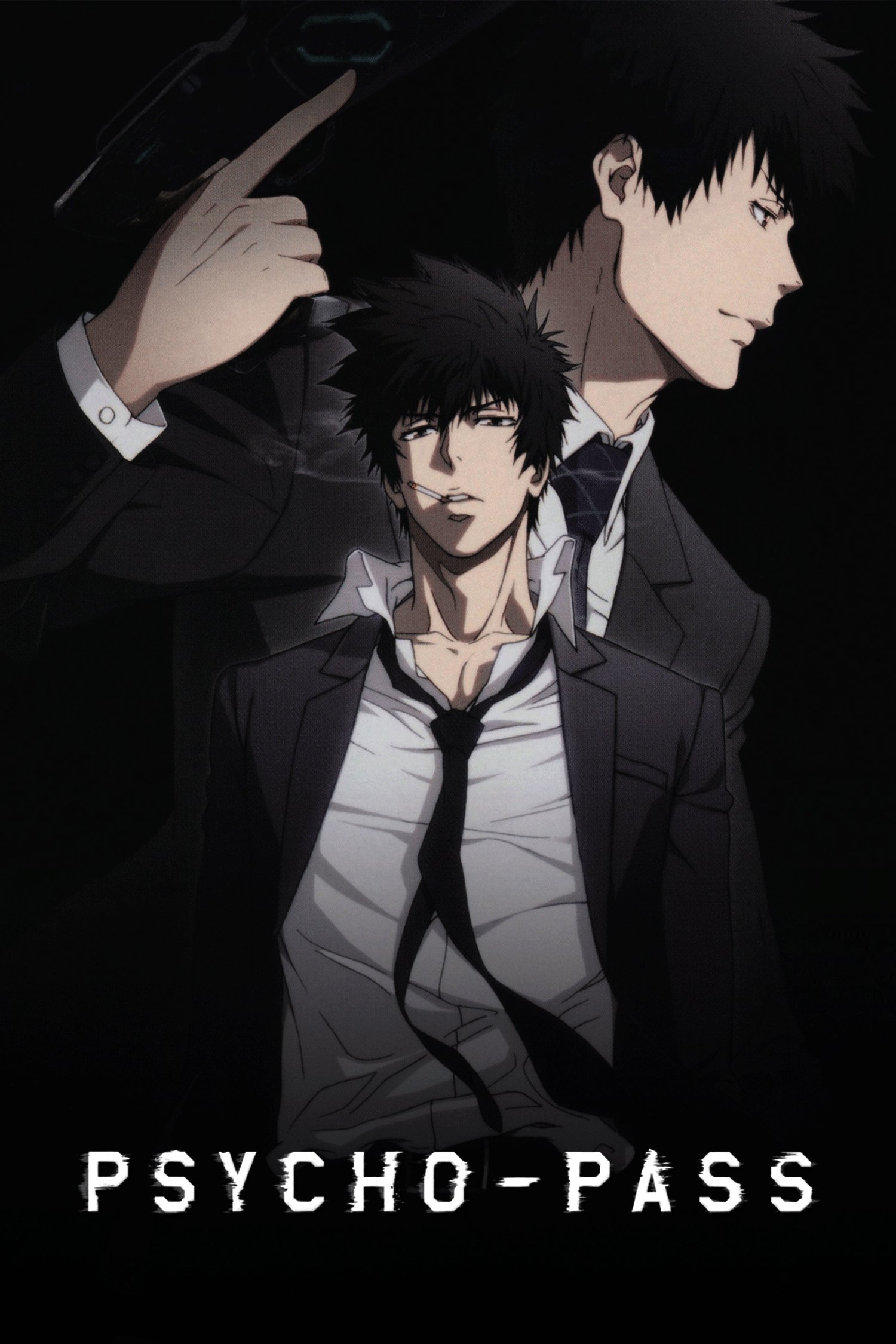
This episode focuses on Shogo Makishima’s plan to exploit weaknesses in the Sibyl System. We see how he infiltrates key locations while law enforcement tries to catch him, and learn more about the situation at NONA Tower and the chase itself. A major discovery changes our understanding of the system. The episode is structured around Makishima’s goals clashing with the established rules and procedures, revealing exactly how he takes advantage of flaws in the way things are governed.
‘Fullmetal Alchemist: Brotherhood’ (2009) – “The Dwarf in the Flask”
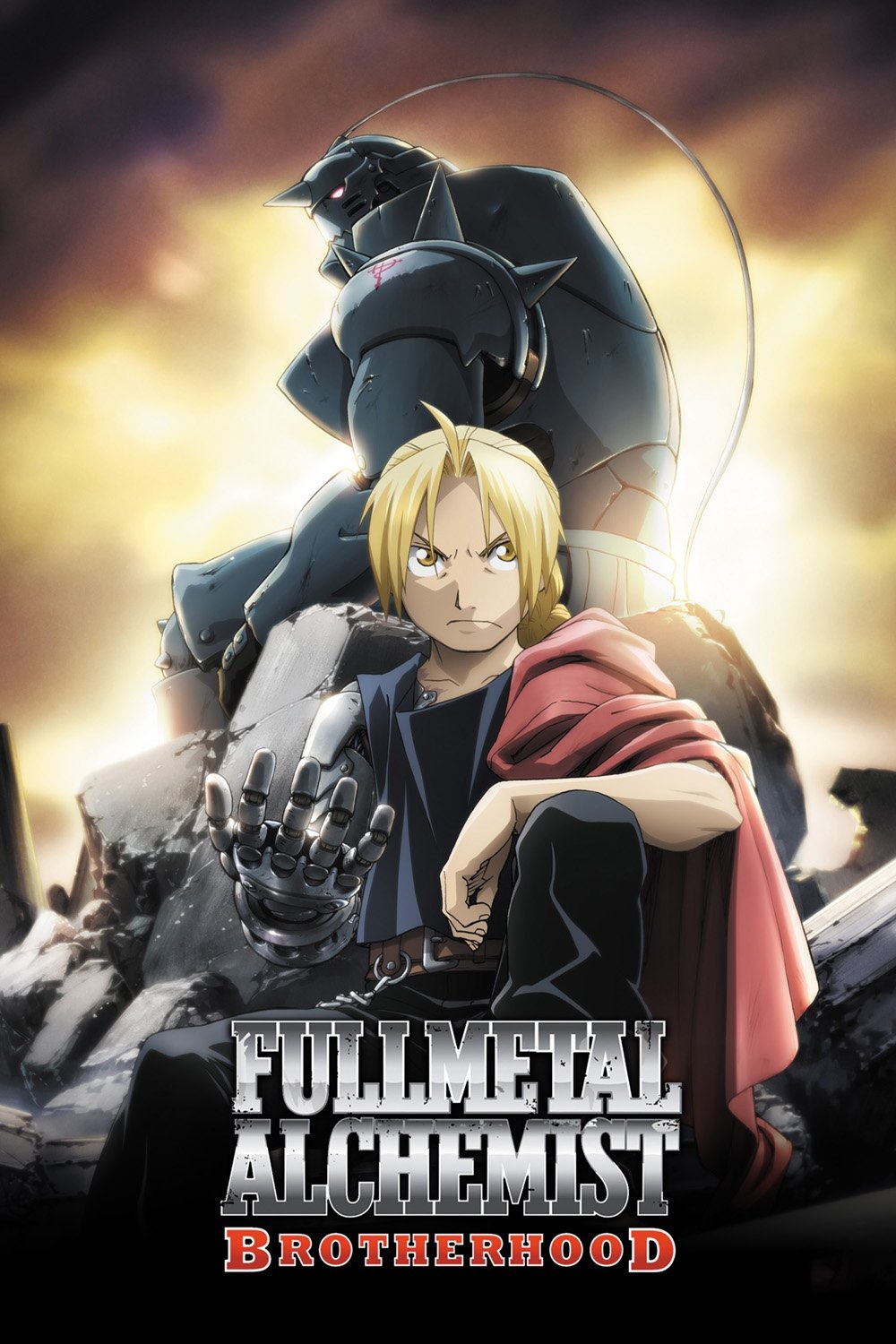
This episode really dives into how ‘Father’ came to be, showing us everything that led up to the Xerxes incident and explaining exactly how his whole plan works. We get a real look into his beliefs – how he sees resources and power, and how he’s been playing the long game all along. It’s basically a full backstory, showing us all the groundwork he laid for the conflicts we’ve been seeing. It’s fascinating to finally understand things from his perspective!
‘Bleach’ (2004) – “Turn Back the Pendulum”

This episode delves into the history behind Aizen’s experiments and the origins of the Vizards, revealing the inner workings of Soul Society’s government and research. It illustrates the connections between members of the Gotei 13 and explains how Aizen was able to secretly carry out his plans. By piecing together the past, the episode clarifies Aizen’s approach and the weaknesses within the system that he exploited, offering a comprehensive look at how he prepared to act.
‘Baccano!’ (2007) – “Ladd Russo Enjoys Talking a Lot and Slaughtering a Lot”

Okay, let me tell you about this episode. It really dives deep into the world of these criminals, specifically focusing on what went down on the Flying Pussyfoot. What’s fascinating is how it lays out the inner workings of the mob – their rules, the way hitmen operate, and how they try to control things, even on a moving train. It’s not just action, though. The episode expertly weaves together the different groups involved, showing their motivations and how they’re all vying for power. Honestly, it feels like a detailed report on how these villainous networks function and how they get things done. It’s a surprisingly compact, but incredibly informative, look at the mechanics of organized crime.
‘Neon Genesis Evangelion’ (1995) – “The Final Messenger”
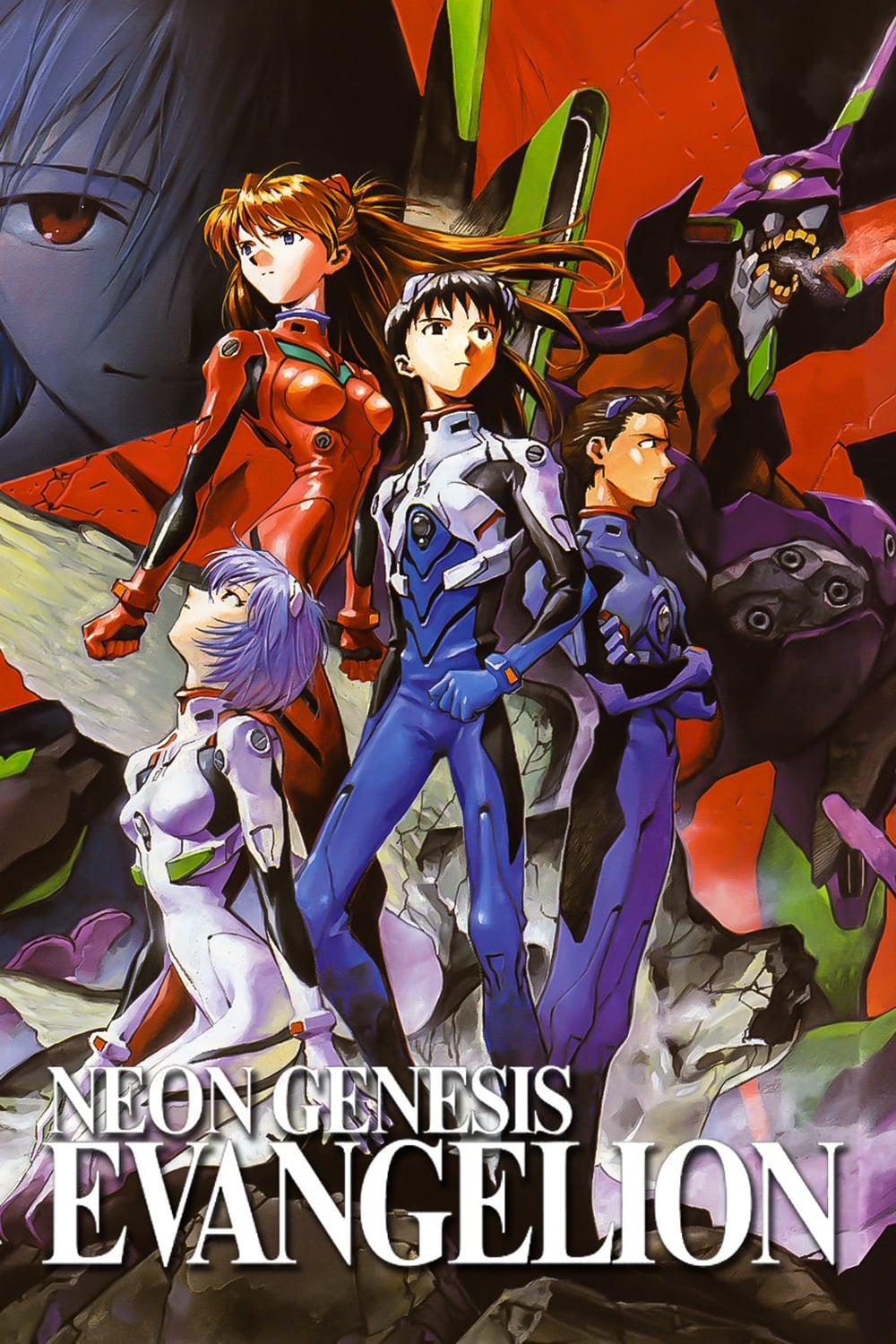
Kaworu Nagisa’s appearance offers a new look at NERV and SEELE, showing how they secretly work together and what their plans are with the Angels. The episode demonstrates how Kaworu skillfully moves through the chain of command and makes contact with Lilith, revealing the hidden agreements and operations within NERV. Ultimately, it emphasizes how those who appear to be enemies are actually aligned through the complex politics of these organizations.
‘Inuyasha’ (2000) – “Naraku’s True Identity”

This chapter explains how Naraku came to be, detailing the events that created him and how he tricks others. It shows how he combines with others and hides his true identity to achieve his goals, providing crucial insight into his plans and the way he opposes Inuyasha and Kikyo. Essentially, it reveals the backstory of the series’ main villain.
‘Bungo Stray Dogs’ (2016) – “Dazai, Chuuya, Fifteen Years Old (Part 1)”
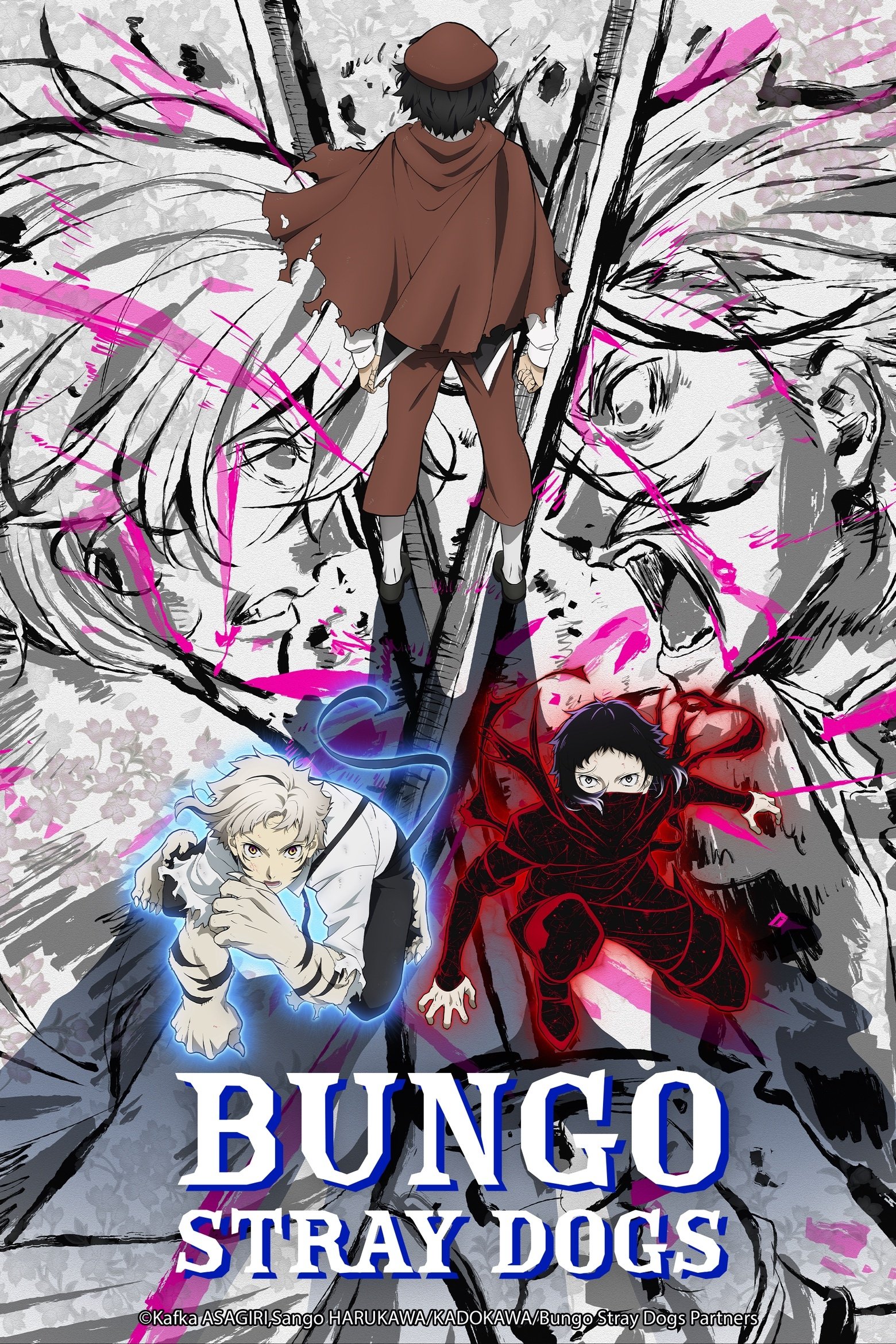
Season 3 begins by exploring the history of the Port Mafia, revealing how the organization is structured, who its key members are, and what it aims to achieve. The first episodes show Dazai and Chuuya’s initial missions and the hierarchy they operated within, as well as the challenging circumstances they faced. The story is told entirely from the perspective of the criminal organization itself.
‘Tokyo Ghoul’ (2014) – “Ghoul”
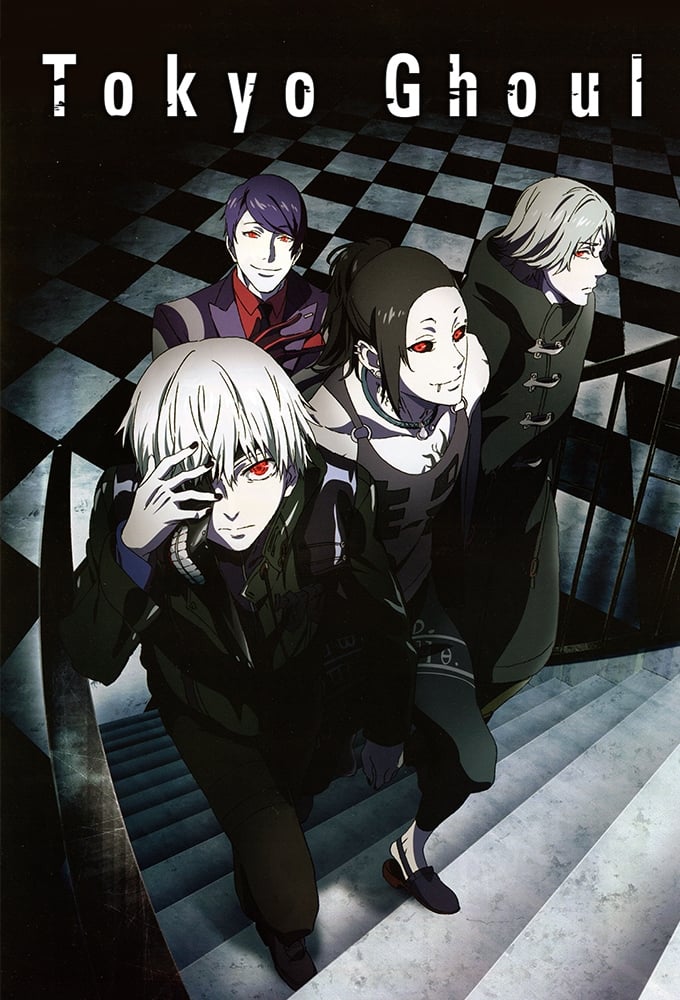
The season finale depicts Aogiri Tree’s attack and Jason’s disturbing hideout, revealing how ghoul groups operate and how the CCG fights back. It highlights how Kaneki’s imprisonment is connected to the larger conflicts between these groups, showcasing the speed and goals of the ghoul organizations, and focusing on the motivations of the main villains as they push the story towards its peak.
‘Mobile Suit Gundam: The Origin’ (2015) – “Blue-Eyed Casval”
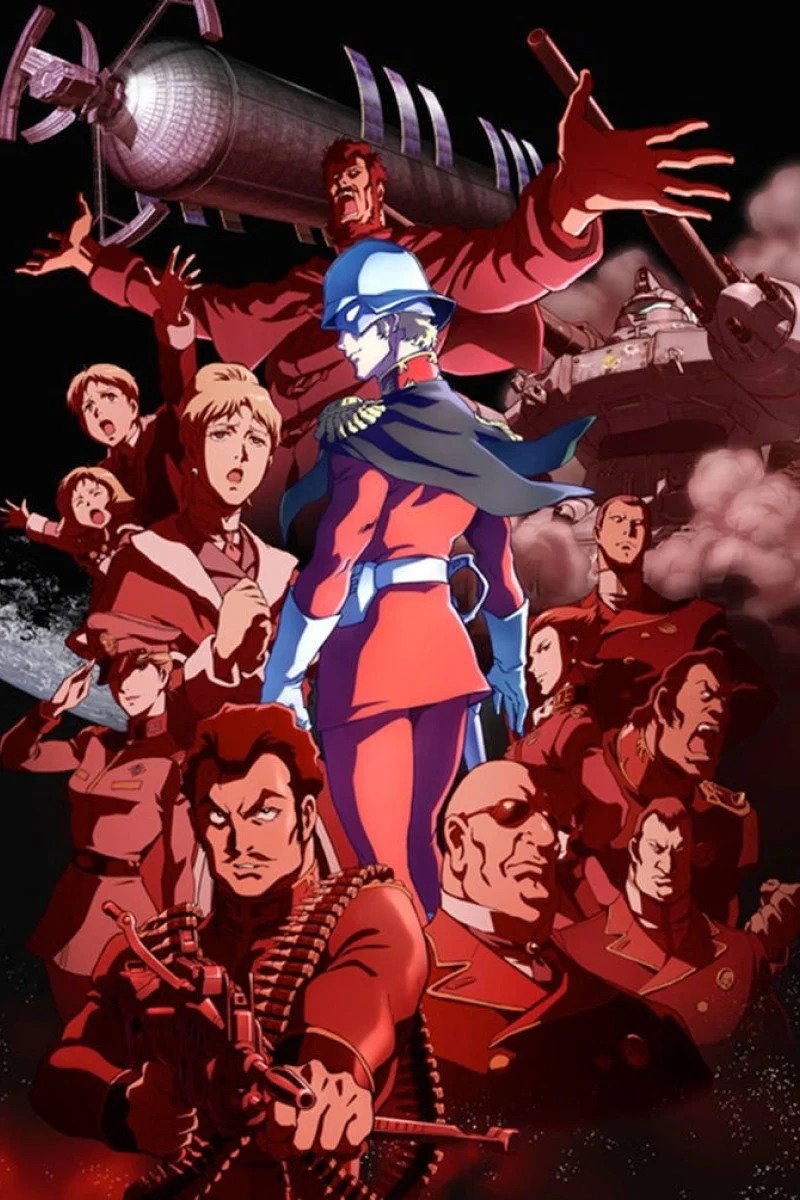
This episode tells the story of Casval Rem Deikun’s childhood – the early life of the man who would become Char Aznable. It explores the political conflicts and family secrets within Zeon following the death of Zeon Zum Deikun, and how these events forced Casval to go into hiding and shaped his future goals. The episode focuses entirely on the upbringing of a future villain within a troubled nation, serving as an introduction to the beliefs and strategies he will later employ.
‘Attack on Titan’ (2013) – “Warrior”

This episode primarily follows Reiner and Bertholdt, showing the moment they’re revealed and the quick decisions they make right after. It details their mission goals, how they planned to escape, and their reasoning for directly confronting Eren. The story highlights the internal conflict the Warriors faced – balancing their duty with the connections they’d made with people inside the Walls. The episode offers a clear look at events from the perspective of the infiltrators.
‘A Certain Scientific Accelerator’ (2019) – “Accelerator”

Okay, so the first episode of this spin-off jumps right in with Accelerator, one of the most powerful characters from the original series, as he’s recovering from a pretty serious injury. But he doesn’t get much downtime, because he’s immediately dragged into a new mystery. The episode does a great job of showing us his complicated relationship with Last Order, and it starts laying out the bigger plot involving Disciplinary Action. We also get a really clear sense of how Accelerator operates as an investigator – it’s definitely a unique approach! What I really appreciated is getting to see the world from the perspective of a former villain. It’s a smooth transition to following him as our lead, and it’s clear this is going to be a darker, more complex story.
‘Vinland Saga’ (2019) – “End of the Prologue”

The first season ends with Askeladd making a crucial play at the imperial council, revealing his carefully planned strategies and hidden allegiances. The episode demonstrates how his personal goals align with what Wales wants, and how this impacts the resulting power struggle. We see exactly how Thorfinn and the future of Denmark are affected by these events, all hinging on Askeladd’s last, bold move.
‘Akame ga Kill!’ (2014) – “Kill the Giant Danger Beast”

This episode focuses heavily on Esdeath’s backstory, detailing her childhood and the beliefs that shape her as a fighter and leader. We learn about her family and a key experience that taught her the importance of strength, which now guides her decisions. Essentially, the episode combines her personal history with her position as a general in the empire, offering a brief but revealing look at her from her own perspective.
‘Dorohedoro’ (2020) – “In the Bag”
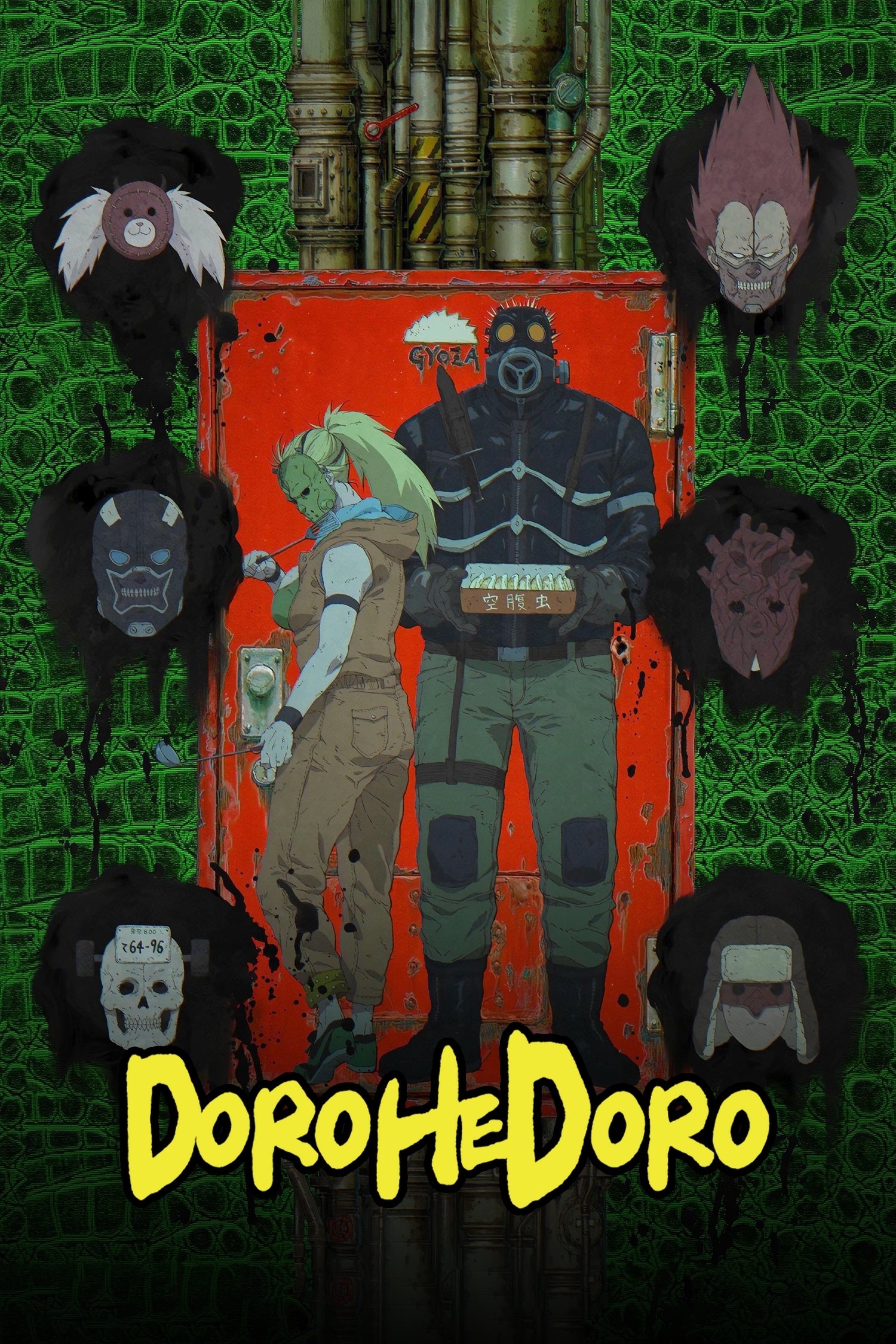
Episode 2 focuses on Shin and Noi, the En Family’s enforcers, as they carry out a mission. We see how they work, the tools they use, and who they report to. The episode highlights the differences between the dangerous “Hole” and the organized world of the sorcerers, showing how the En Family maintains control. The story follows both Caiman’s investigation and the actions of his enemies. Essentially, it gives us a close look at the everyday work of the opposing side.
‘The Promised Neverland’ (2019) – “150146”
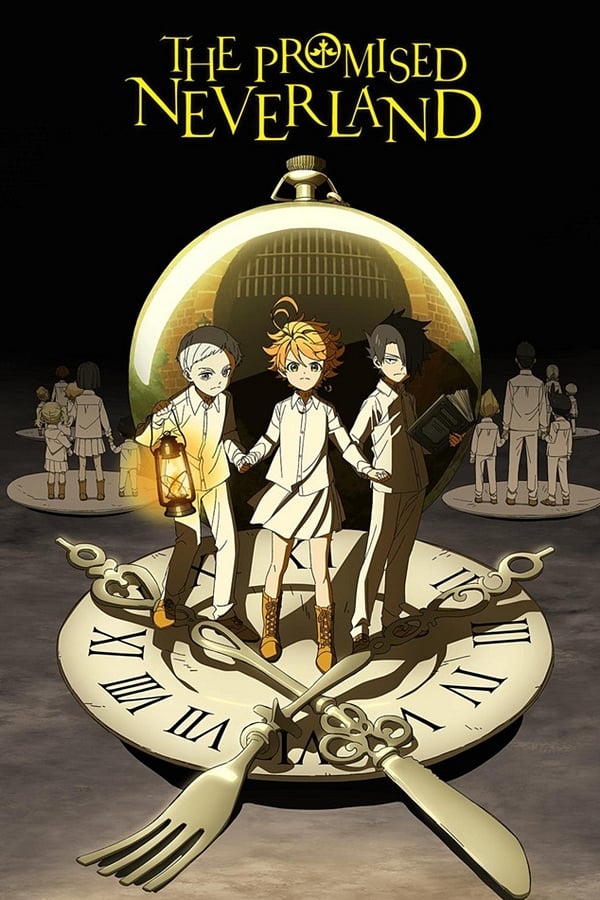
The season finale reveals Isabella’s history through flashbacks, explaining her place within the farm system and the challenges she faces. It shows how the institution finds and recruits “Moms,” and how it keeps track of everyone. The episode switches between these explanations and the current escape plan, highlighting how the two are connected. Ultimately, it clarifies the motivations and position of the villain within the system.
‘Hunter x Hunter’ (2011) – “Signal × To × Retreat”
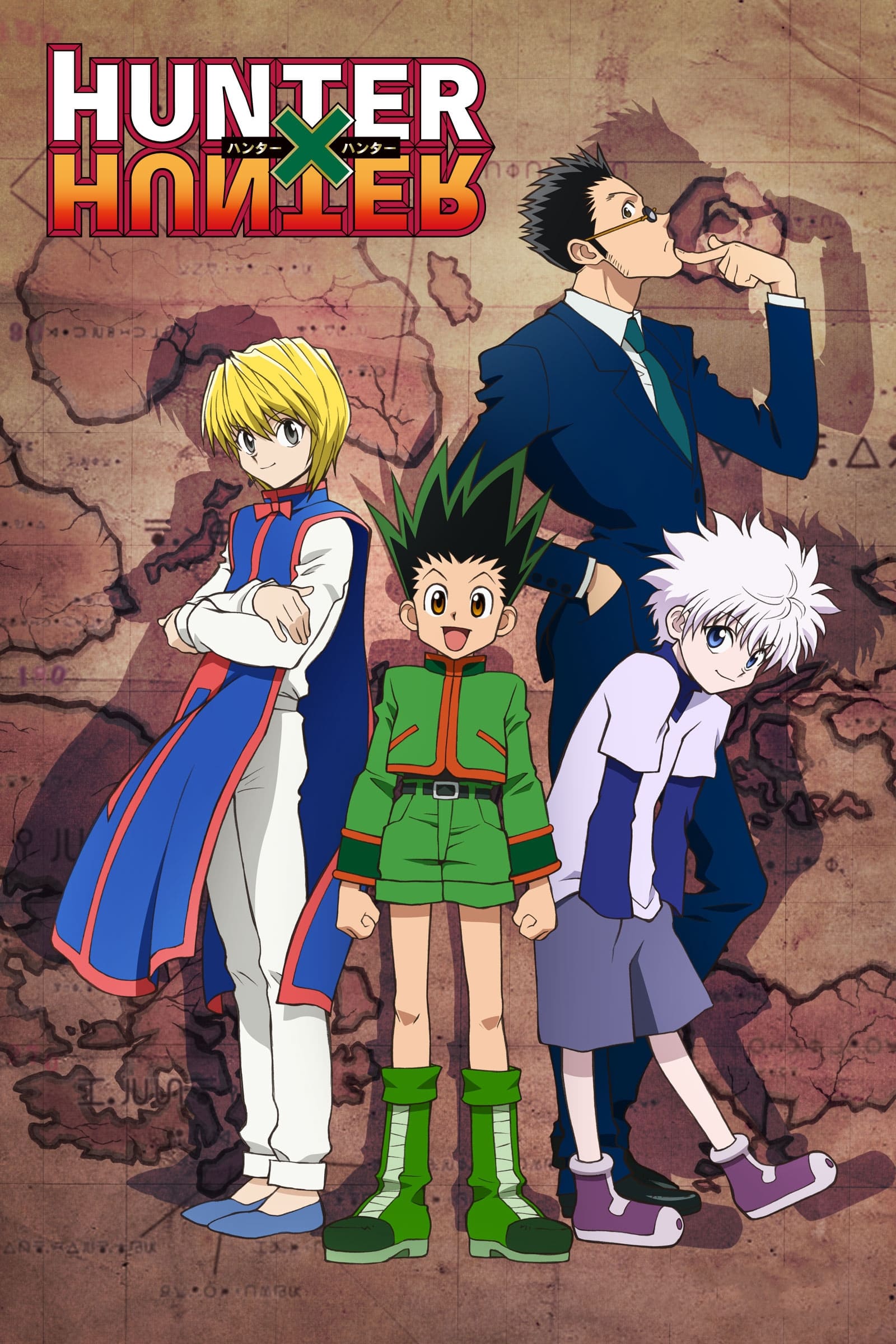
This episode of Yorknew City focuses on the Phantom Troupe, showing how they operate and the decisions made by Pakunoda. It explains their rules for trading and their secret communication methods. We see how the Troupe assesses danger and uses information after Kurapika captures their leader, and it explores the effects of their shared memories. Essentially, it’s a look at the situation from the villain’s perspective, detailing their strategies and how they react to challenges.
‘Code Geass: Lelouch of the Rebellion’ (2006) – “The Day a New Demon Was Born”
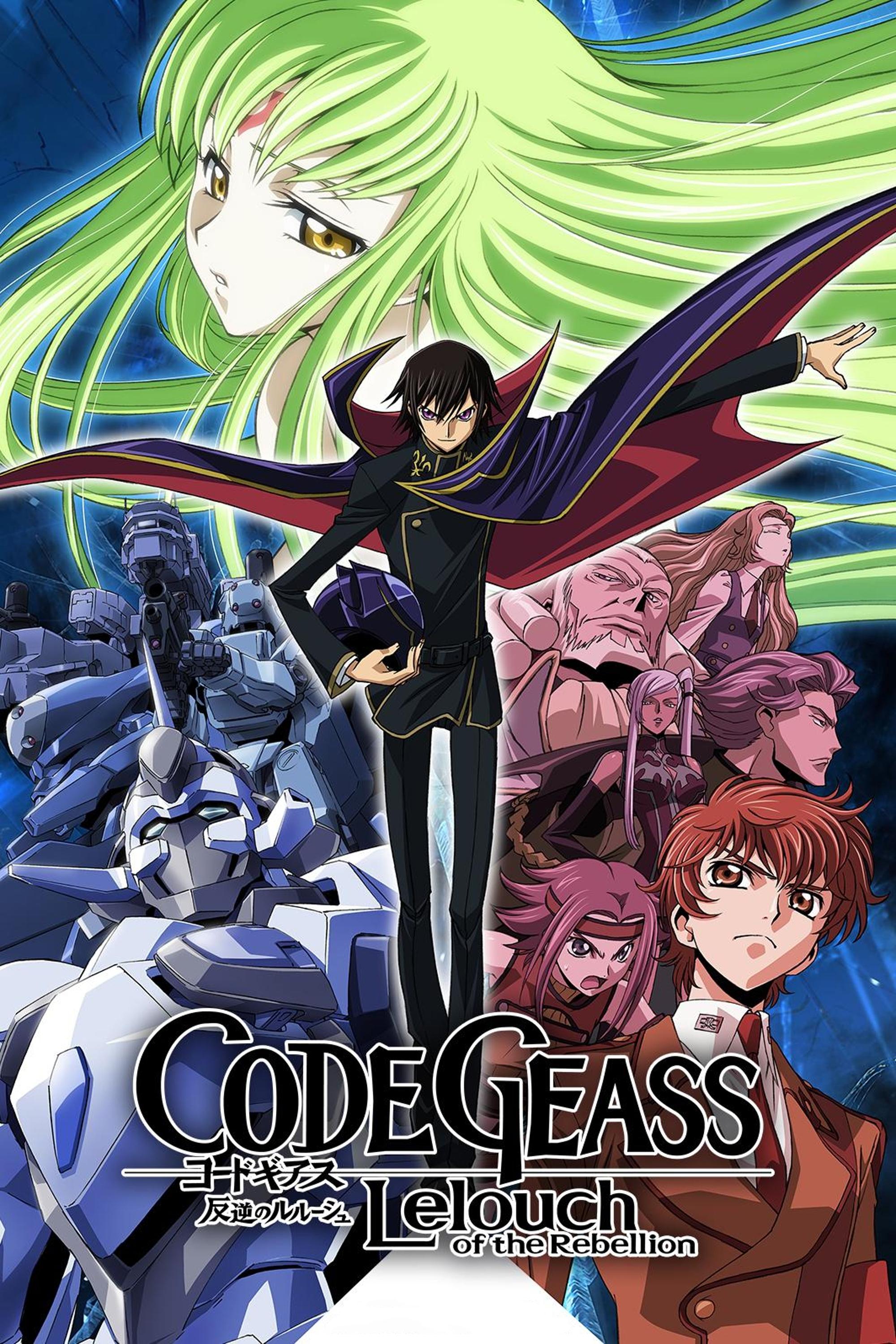
The story starts with Lelouch gaining the power of Geass and quickly using it to control the Britannian army, essentially giving him the tools to become a powerful, potentially oppressive leader. The first episode establishes Britannia’s control over Japan and explains how Lelouch’s command ability works. We also see how he begins to build the foundation for the Black Knights. It’s a story about a flawed hero, told from the perspective of the one leading the rebellion.
‘The Devil Is a Part-Timer!’ (2013) – “The Devil Arrives in Sasazuka”
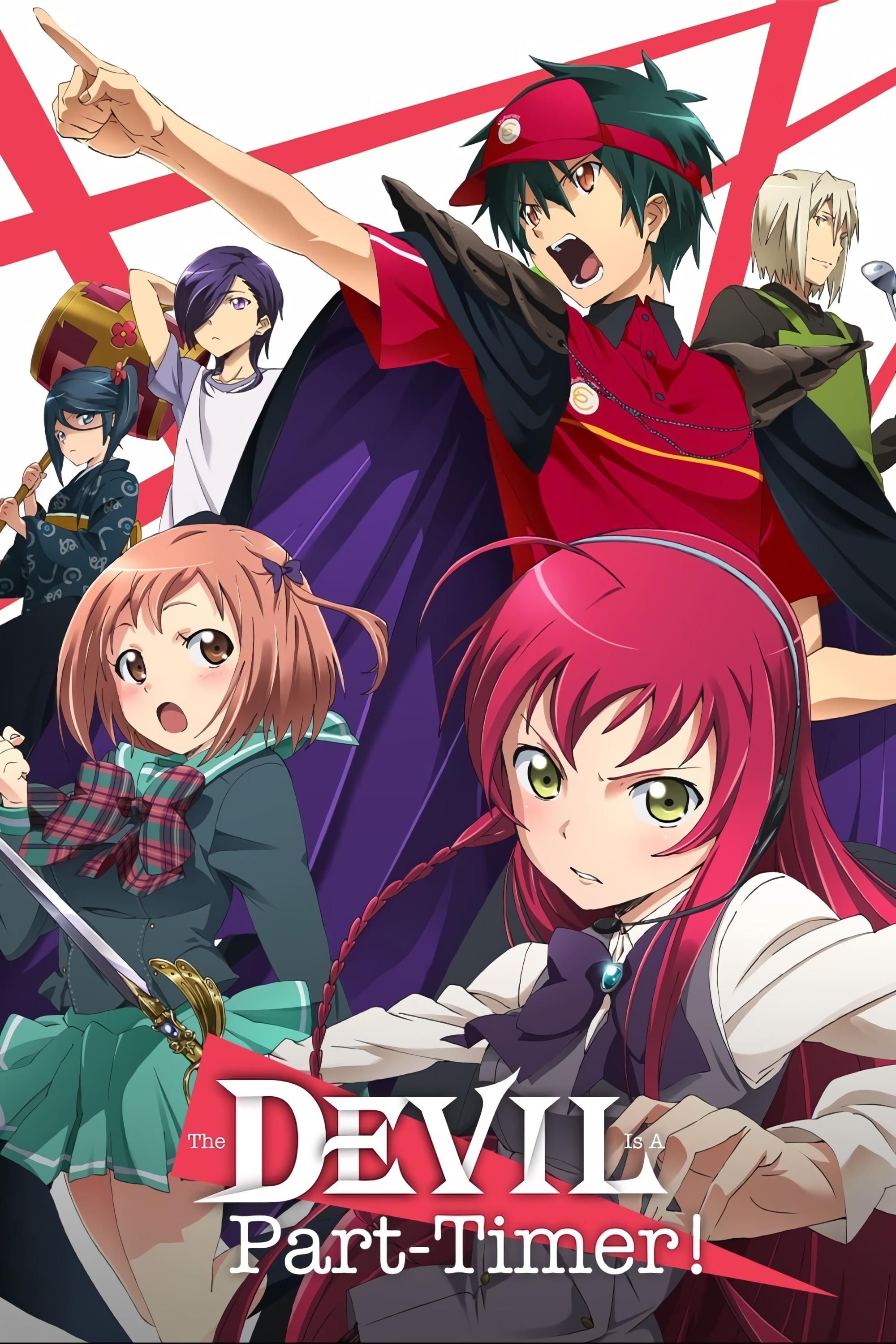
This first episode introduces Demon King Satan as he escapes to modern-day Tokyo and tries to start a new life. We see him figuring out how to hide his identity and get a job, all while dealing with the challenges of being a former overlord now working a regular job with limited magical abilities. The episode also hints at the hero chasing after him, having followed him to Japan. Essentially, it’s a look at the everyday struggles of a weakened villain trying to adapt to a normal life.
Tell us about any episodes where you enjoyed seeing things from the villain’s perspective! We’re curious to know if any of those episodes made you rethink the story’s central conflict.
Read More
- Bitcoin’s Ballet: Will the Bull Pirouette or Stumble? 💃🐂
- Can the Stock Market Defy Logic and Achieve a Third Consecutive 20% Gain?
- Dogecoin’s Big Yawn: Musk’s X Money Launch Leaves Market Unimpressed 🐕💸
- Gold Rate Forecast
- LINK’s Tumble: A Tale of Woe, Wraiths, and Wrapped Assets 🌉💸
- Deepfake Drama Alert: Crypto’s New Nemesis Is Your AI Twin! 🧠💸
- SentinelOne’s Sisyphean Siege: A Study in Cybersecurity Hubris
- Binance’s $5M Bounty: Snitch or Be Scammed! 😈💰
- Investing in 2026: A Tale of Markets and Misfortune
- Ethereum’s $3K Tango: Whales, Wails, and Wallet Woes 😱💸
2025-11-06 02:47